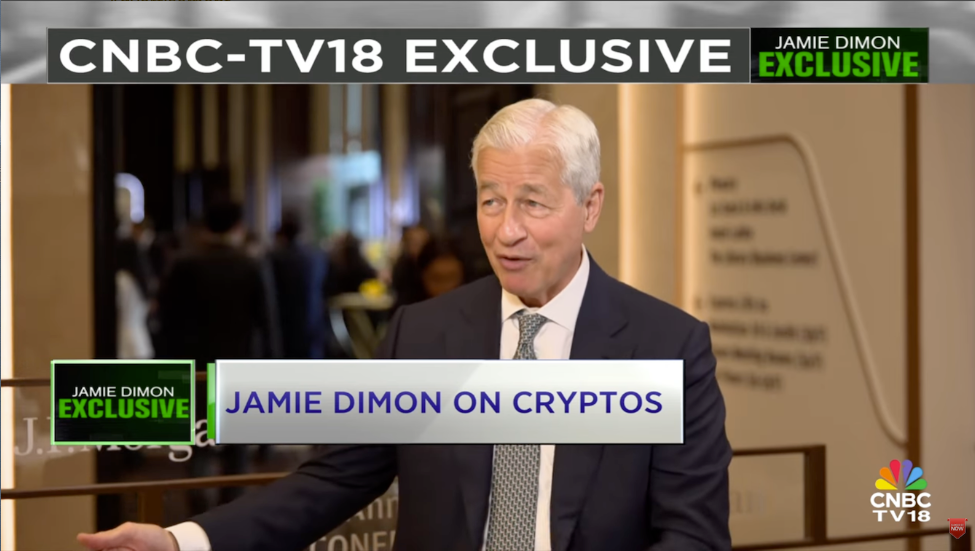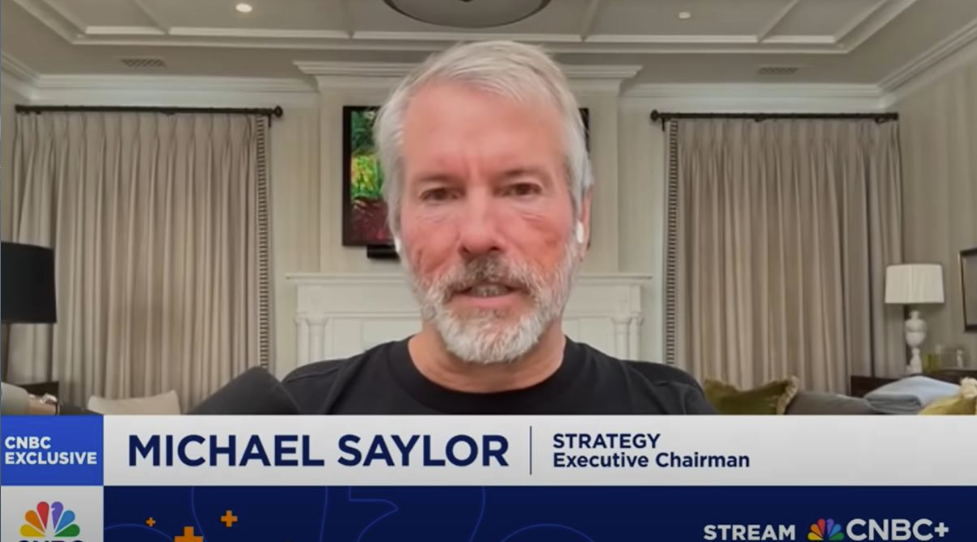Morgan Stanley will enable E*Trade clients to trade Bitcoin, Ether and Solana through a Zerohash partnership in 2026, signaling major banks’ move into crypto while regulators weigh tokenized collateral frameworks and industry leaders debate stablecoin risks.
-
Morgan Stanley to add BTC, ETH and SOL on E*Trade in 2026
-
JPMorgan’s CEO says he’s “not particularly worried” about stablecoins but urges vigilance.
-
U.S. regulators (CFTC) are studying tokenized collateral; public feedback open until Oct. 20.
Morgan Stanley E*Trade crypto trading launches BTC, ETH, SOL in 2026 — read the implications for banks, stablecoins and tokenized collateral. Subscribe for weekly analysis.
What is Morgan Stanley’s E*Trade crypto trading plan?
Morgan Stanley E*Trade crypto trading will allow retail clients to buy Bitcoin (BTC), Ether (ETH) and Solana (SOL) via E*Trade starting in 2026 through a custody and execution partnership with Zerohash. The move brings one of Wall Street’s largest wealth managers deeper into mainstream crypto services.
How will banks and regulators shape stablecoin and tokenized collateral adoption?
Banks are testing stablecoins for settlement and custody use cases while regulators craft guardrails. The Commodity Futures Trading Commission is actively evaluating whether tokenized assets can be used as collateral in derivatives markets, with public comment open until Oct. 20. Industry participants cited by regulators include leading exchanges, custodians and enterprise blockchain firms.
Frequently Asked Questions
When will E*Trade customers be able to trade BTC, ETH and SOL?
E*Trade plans to roll out crypto trading in 2026 via a Zerohash integration. The service will let clients buy Bitcoin, Ether and Solana through the brokerage’s existing platform and custody arrangements.
Why does Jamie Dimon say he is “not particularly worried” about stablecoins?
Jamie Dimon said stablecoins are not an immediate threat to JPMorgan’s core business but emphasized that bank leadership must monitor the market. He noted regulatory changes like the GENIUS Act and suggested some institutions may still explore dollar-denominated token use outside traditional banking rails.
What is the CFTC considering for tokenized collateral?
The CFTC is exploring guidelines for using tokenized assets—including stablecoins—as eligible collateral in derivatives. Acting Chair Caroline Pham highlighted collateral management as a key use case and added that the agency will solicit stakeholder feedback through an open comment period.

How will institutional demand affect Bitcoin in Q4?
Institutional purchases and ETF inflows are expected to increase demand against limited Bitcoin supply, pushing prices higher in Q4, according to Strategy executive chairman Michael Saylor. Miner issuance post-2024 halving is approximately 900 BTC per day, constraining new supply.

What did Michael Saylor say about corporate Bitcoin holdings?
Michael Saylor noted that public companies hold more than 1.03 million BTC collectively, with Strategy holding approximately 639,835 BTC. He argued that corporate accumulation improves capital structure and that institutional buying will sustain market momentum.

Key Takeaways
- Morgan Stanley expands crypto access: E*Trade will add BTC, ETH and SOL in 2026 via Zerohash, broadening retail access through a major bank.
- Regulatory evolution underway: The CFTC is assessing tokenized collateral frameworks; stakeholders have until Oct. 20 to comment.
- Institutional flows matter: Corporate treasuries and ETF inflows are projected to drive Bitcoin demand into Q4.
Conclusion
Morgan Stanley’s decision to bring E*Trade crypto trading to clients in 2026 marks a notable step in banks’ crypto integration, while JPMorgan’s cautious stance on stablecoins and the CFTC’s tokenized collateral review highlight the regulatory and operational questions ahead. Watch regulatory comments and institutional flow data for market signals.






